The Mandoloncello
by Vincenzo Schisano
(Translated by Marianna Mastro)
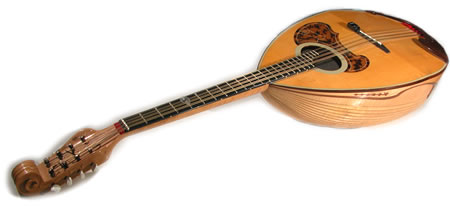
The mandoloncello is a young instrument, born in the 19th century to execute the arrangements of some parts of violoncello in the Plectra Orchestras.
In fact, its tuning is the same: La – Re – Sol – Do and, as the violoncello, it reads in bass clef (some music Professors usually write the parts 2 octaves above, allowing in this way an easier lecture in Treble or G clef.

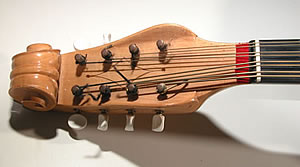
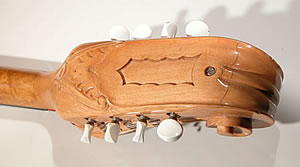
The shape of the mandoloncello is like the Tenor mandolin with a long neck (this is unavoidable because more space is needed between the keys).
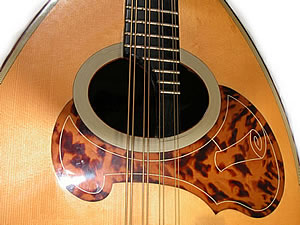
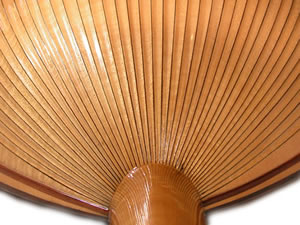
(Photos by Giuseppe Ruggiero)
There are some models, like the “Sicilian” with a round sound box flat and not so deep (almost similar to the guitar), which didn’t have much success besides their place of origin.
Concerning the compositions and the manufacturing, look at the file about
the mandolin.
© Copyright 2003 Vincenzo Schisano. All rights reserved.
